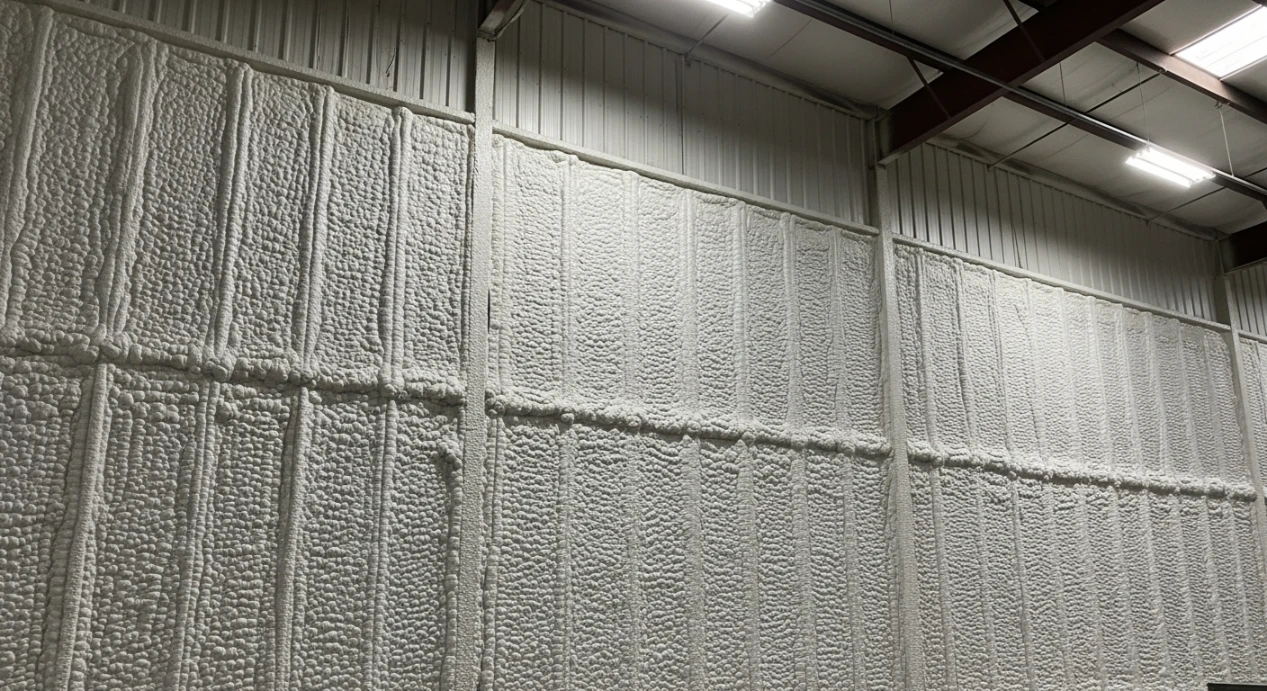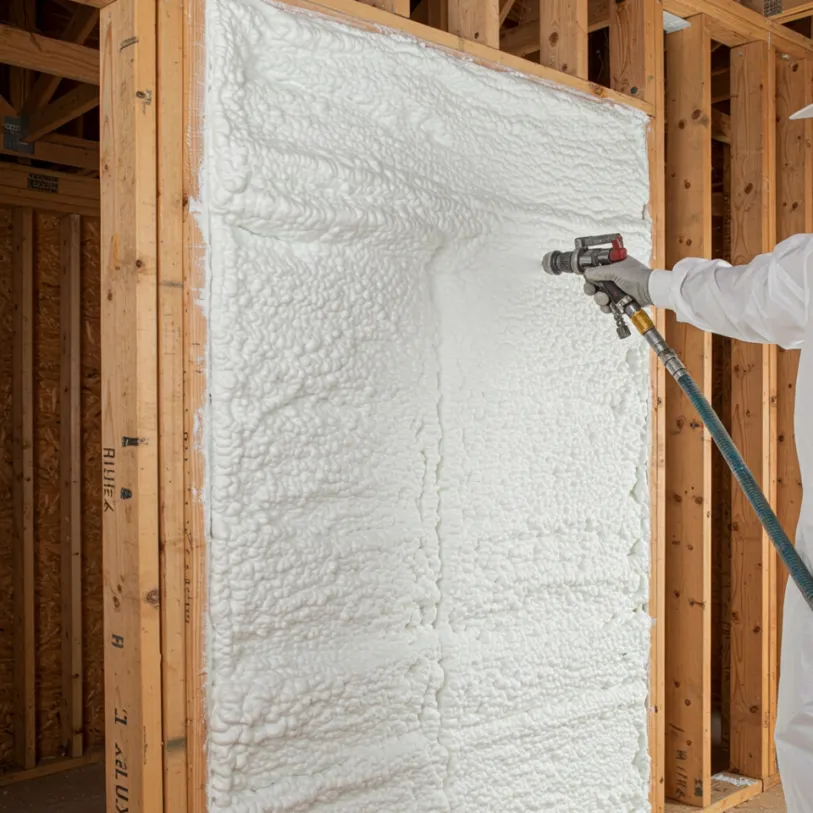

For Seattle homeowners, proper insulation isn’t just about staying warm; it’s a critical defense against the region’s unique climate. The persistent dampness, mild winters, and moderate summers create specific challenges that inadequate insulation can worsen, leading to high energy bills, uncomfortable living spaces, and even moisture-related structural damage. A well-insulated home directly addresses these issues by controlling heat flow and managing moisture, which protects the building’s integrity and improves its energy efficiency.
This guide explains the specific reasons why insulation is so important in the Pacific Northwest. It covers how different insulation materials perform in this environment and what areas of a home offer the most benefit when properly insulated. With years of experience addressing insulation problems in local homes, Cascadia Spray Foam of Seattle provides this information to help homeowners make sound decisions for their property.
Seattle’s marine climate is defined by high humidity and a consistent level of moisture in the air. When warm, moist indoor air comes into contact with cold surfaces, like poorly insulated walls or attic ceilings, it condenses. This condensation can lead to several problems:
Proper insulation, especially materials that resist moisture, helps keep interior surface temperatures above the dew point, preventing condensation from forming in the first place.
Inefficient insulation has a direct effect on both your wallet and your daily comfort. Homes constantly lose or gain heat through the building envelope, which includes the walls, roof, and floors. According to the U.S. Department of Energy, proper insulation and air sealing can help homeowners save an average of 15% on heating and cooling costs.
Without an effective thermal barrier, your heating system has to work much harder in the winter to maintain a comfortable temperature, as heat continuously escapes through the attic and walls. In the summer, the reverse happens, with heat radiating from the outside into your living spaces. This often results in:
Choosing the right insulation in Seattle depends on the specific area of your home, your budget, and your performance goals. Each material has different properties suited for Seattle’s climate.
| Feature | Fiberglass | Cellulose | Closed-Cell Spray Foam |
|---|---|---|---|
| R-Value per Inch | 2.2 – 3.8 | 3.2 – 3.8 | 6.0 – 7.0 |
| Moisture Resistance | Poor (loses R-value when wet) | Fair (can absorb and hold moisture) | Excellent (acts as a moisture barrier) |
| Air Sealing | Poor (does not stop air leaks) | Fair (reduces airflow but doesn’t seal) | Excellent (creates an airtight seal) |
| Common Application | Attics, walls (batts or blown-in) | Attics, walls (blown-in) | Attics, crawl spaces, walls |
Bonus Tip: When insulating a crawl space, using a moisture-resistant material like closed-cell spray foam on the foundation walls can help prevent ground moisture from entering the rest of the home.

To get the most out of an insulation upgrade, it’s best to focus on the areas where the most heat transfer occurs.
Before you make a decision, think through a few factors to ensure you’re choosing the right solution for your specific situation.
Bonus Tip: Ask your contractor if they perform air sealing as part of their insulation service. Simply adding more insulation on top of existing air leaks is an incomplete solution.
Upgrading your home’s insulation is an investment that pays off in lower energy bills, improved comfort, and a healthier living environment. Given Seattle’s damp climate, it’s also a protective measure that helps guard against mold and rot. Before moving forward, evaluate your home’s specific needs, consider the different material options, and aim for a solution that addresses both heat flow and moisture control.
A thorough evaluation can identify exactly where your home is losing energy and what the most effective solutions are. To understand your home’s specific needs, you can contact Cascadia Spray Foam of Seattle for an assessment. Reach out to the team at (425) 386-3500 or send an email to [email protected] to discuss your property.
To help you finalize your decision, here are answers to some frequently asked questions.
R-value measures an insulation material’s resistance to heat flow. The higher the R-value, the better it insulates. Different materials have different R-values per inch, and the total R-value of a space is determined by the thickness of the insulation installed.
While you can install a very high R-value, the main concern is making a house too airtight without providing proper mechanical ventilation. A tightly sealed home needs a way to exchange stale indoor air with fresh outdoor air to manage humidity and pollutants.
A good contractor should be able to explain why a specific material is best for your situation, referencing Seattle’s climate and your home’s construction.
Proper installation is critical for performance. Ask if their team is trained by the manufacturer of the products they use.
They should have a clear plan for maintaining or improving attic and crawl space ventilation to prevent moisture buildup after the insulation is installed.
Ensure the price includes all aspects of the job, from preparing the area to removing all debris when the work is finished.


